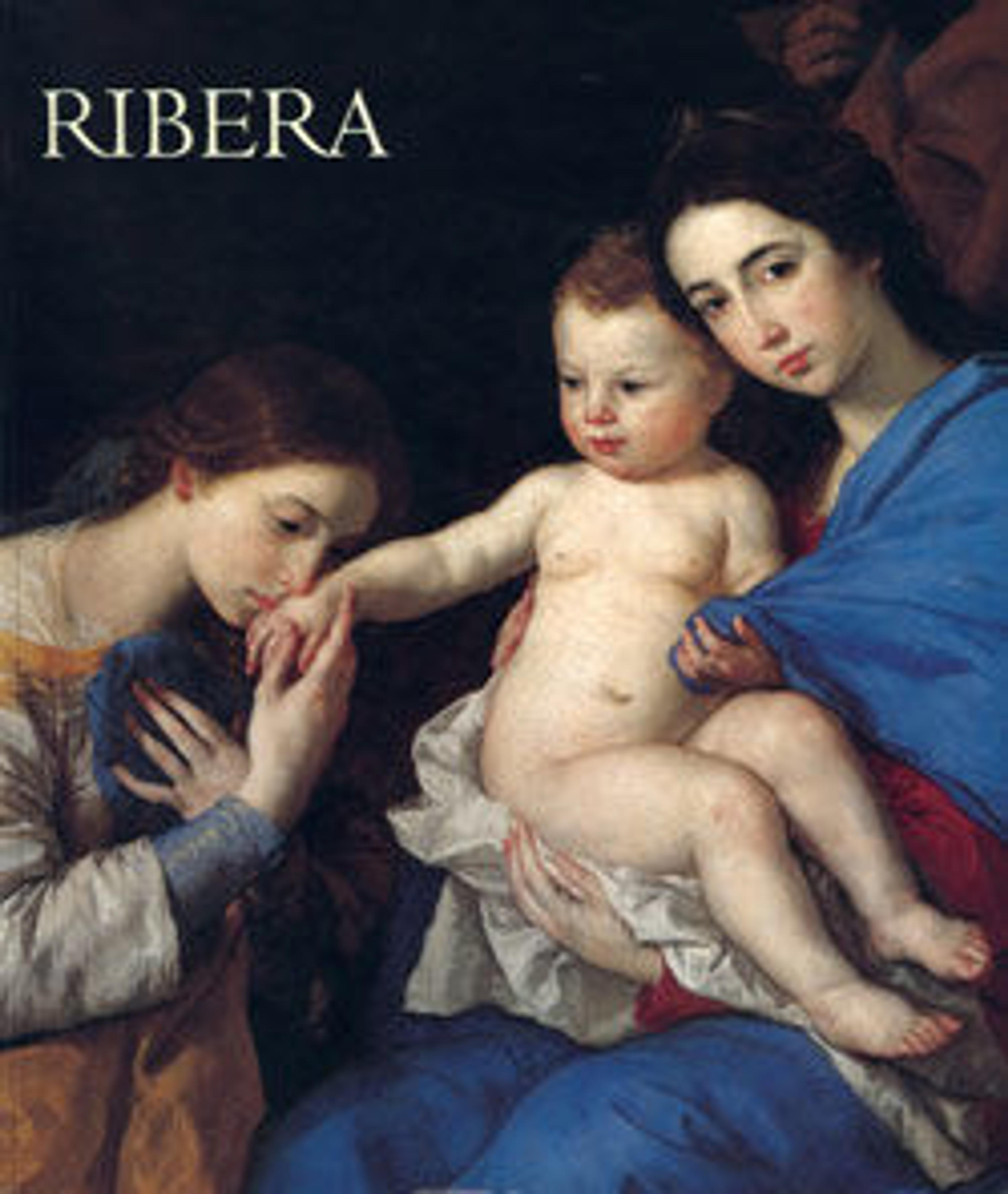The poet, standing crowned with laurel, leaning on a stone
Dressed in voluminous robes, crowned with laurel, and leaning on a stone with head in hand, The Poet is one of Ribera's most striking images made early in the artist's career. The iconography, a synthesis of the attributes of Melancholy and Poetry, has been explored in detail by scholars, who have found literary parallels ranging from verses by Walther von der Vogelweide (1170?–1230) to works by Petrarch and Lorenzo de' Medici. Another suggestion that the poet is Virgil seems plausible, especially since his tomb was traditionally thought to be in Naples. Generally identified with a columbarium, or dovecote mausoleum, above the 'Grotto' or tunnel of Posilipo, the purported burial place of the famous poet was a tourist attraction beginning at least in the sixteenth century. A well-known legend had it that on top of the tomb grew a bay tree that continued to blossom over the centuries while its roots forced their way through the stone, causing cracks to appear.
Artwork Details
- Title: The poet, standing crowned with laurel, leaning on a stone
- Artist: Jusepe de Ribera (called Lo Spagnoletto) (Spanish, Játiva 1591–1652 Naples)
- Date: 1620–21
- Medium: Etching
- Dimensions: Sheet: 6 3/8 × 4 15/16 in. (16.2 × 12.6 cm)
Plate: 6 1/4 × 4 13/16 in. (15.9 × 12.3 cm) - Classification: Prints
- Credit Line: Harris Brisbane Dick Fund, 1930
- Object Number: 30.54.69
- Curatorial Department: Drawings and Prints
More Artwork
Research Resources
The Met provides unparalleled resources for research and welcomes an international community of students and scholars. The Met's Open Access API is where creators and researchers can connect to the The Met collection. Open Access data and public domain images are available for unrestricted commercial and noncommercial use without permission or fee.
To request images under copyright and other restrictions, please use this Image Request form.
Feedback
We continue to research and examine historical and cultural context for objects in The Met collection. If you have comments or questions about this object record, please contact us using the form below. The Museum looks forward to receiving your comments.
